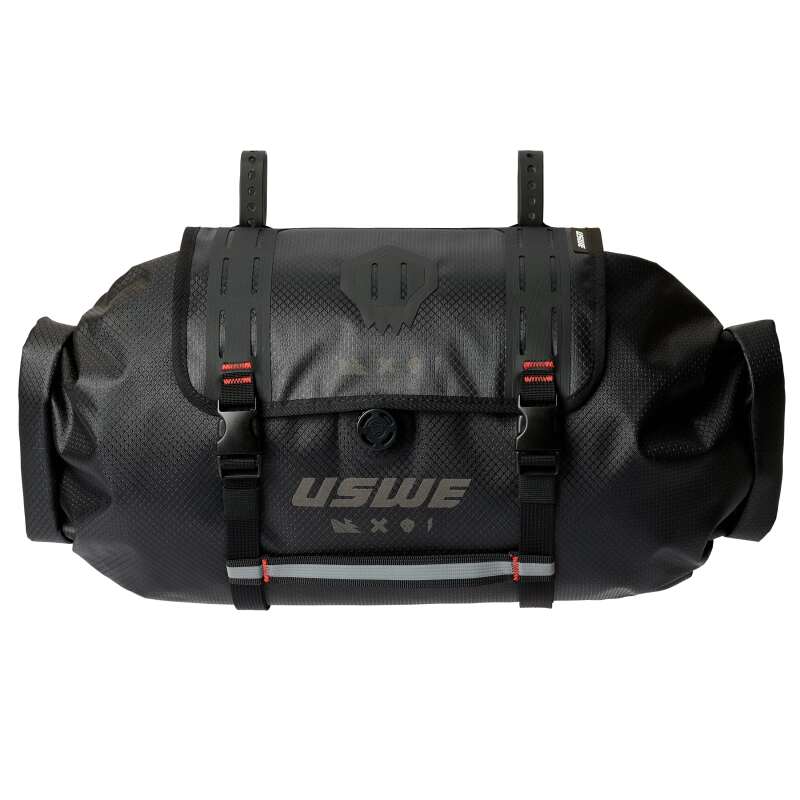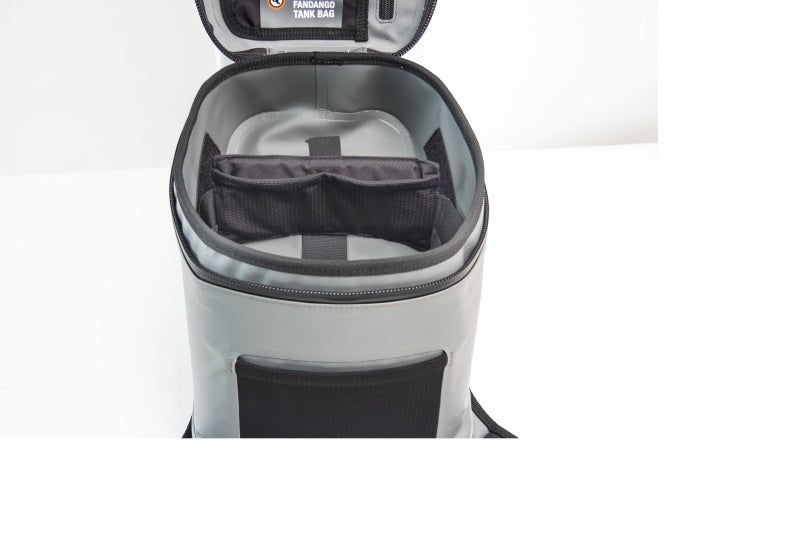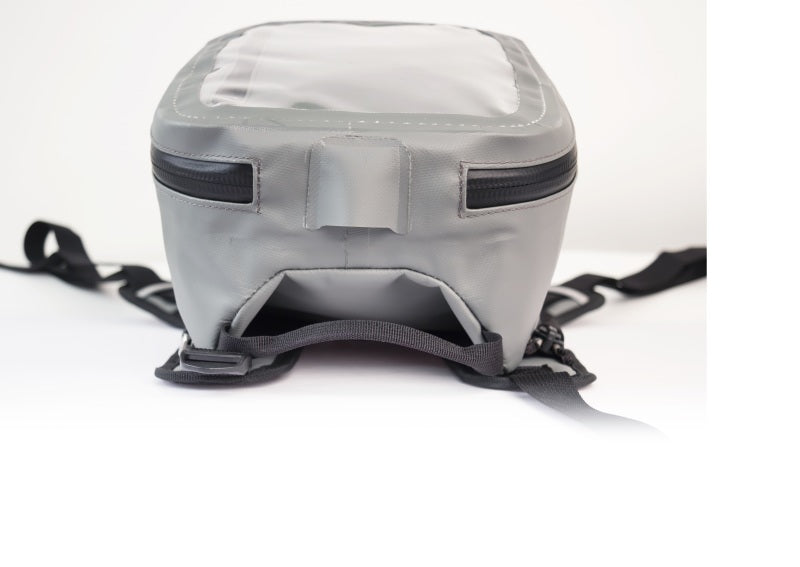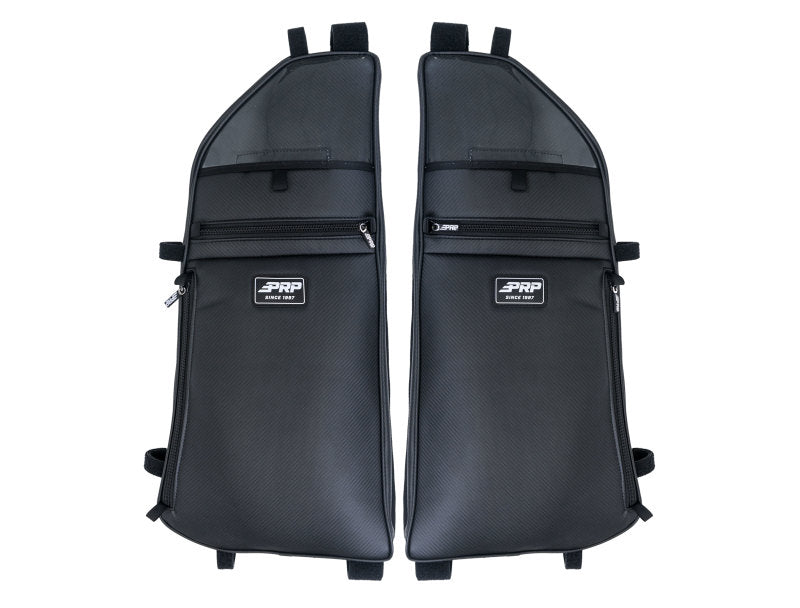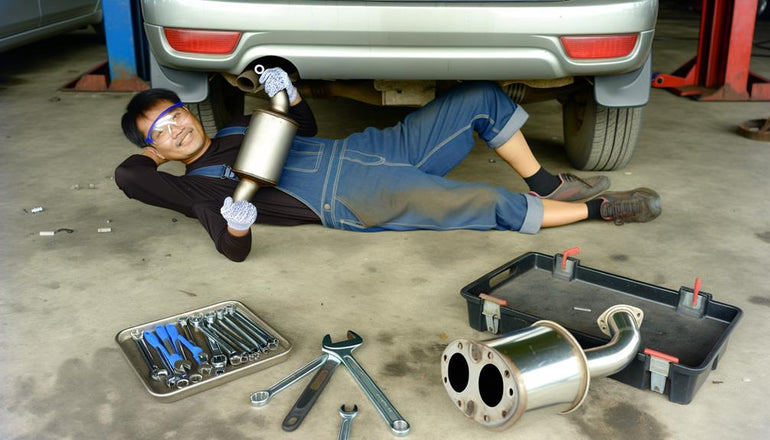To put in a new muffler at home, you'll need a few tools: a wrench set, a jack, some rust remover, a hammer, and exhaust sealant. Don't forget to wear goggles and gloves to stay safe.
First, remove the old muffler carefully. Check the other exhaust parts to make sure they're okay. When choosing a new muffler, go for one made of stainless steel as it lasts longer. Fit the new muffler in place using the sealant and rubber mounts to keep it secure.
After you've installed it, check to make sure there aren't any leaks or strange noises. Remember to drive your car gently at first to help the new muffler last longer. This upgrade will make your car quieter and help it run better. Enjoy the smoother drive and cleaner air!
Key Takeaways
- Choose stainless steel muffler for durability.
- Securely hang muffler on rubber mounts to prevent rattling.
- Apply exhaust sealant for strong connections and prevent leaks.
- Test-fit and attach extension pipes for proper installation.
- Follow manufacturer's instructions for correct installation process.
Reasons for Muffler Replacement
If your car's muffler is rusty, damaged, or old, it's probably time to get a new one. A worn-out muffler can make your car run poorly—it can mess with your gas mileage and make your car pollute more. Plus, it can get really noisy and shaky.
When picking a new muffler, make sure it fits your car right. A good, high-performance muffler can make your car sound better and run smoother.
By putting in a new muffler, your car's exhaust system will work better, saving you gas and cutting down on pollution.
It's smart to check your muffler regularly to avoid big repair bills later. Replacing your old muffler with a top-quality new one helps your car's exhaust system work well for a long time.
Necessary Tools and Materials
When you're getting ready to install a new muffler by yourself, it's important to have all the right tools and materials lined up. Make sure you have a wrench set to loosen and tighten bolts, a jack and jack stands to lift and keep your car steady, and some rust remover for any tough bolts. You might also need a hammer for little adjustments, and a blow torch could be handy for really stubborn, rusted parts.
Don't forget to grab the right materials too! You'll need exhaust sealant to prevent leaks, muffler clamps to hold the muffler securely, and rubber hangers to support it. Always wear safety goggles and gloves to protect yourself, and keep a fire extinguisher close by, just in case.
It's really important to make sure the new muffler's pipes are the right size to fit perfectly with your car's existing exhaust system. Using exhaust clamps is a great way to attach the new muffler securely without needing to weld anything. This method isn't only easier but also very sturdy.
Safety Precautions to Consider
When you're putting in a new muffifier, it's super important to stay safe! Always wear safety goggles and gloves to protect your eyes and hands from any flying bits or sharp edges. These can easily hurt you if you're not careful.
Make sure to use jack stands too. These help keep your car steady and safe while you work under it so it doesn't fall on you. That would be really dangerous!
Also, keep a fire extinguisher close by. Just in case a fire starts while you're working, you can put it out fast. It's always better to be ready for anything!
Working in a place with lots of fresh air is a good idea too. This helps keep nasty exhaust fumes away from you, so you don't breathe them in. That keeps you healthier while you work.
And don't forget about the hot parts of the exhaust. Those can burn you if you're not careful, so watch out for them to avoid getting hurt.
Steps to Remove Old Muffler
To take off the old muffler, start by spraying some penetrating fluid on the muffler clamps. This helps loosen them, especially if they're rusty. Give the fluid a little time to work before you start loosening the nuts with a wrench.
Be gentle so you don't break anything. After the nuts are loose, you can remove the old muffler. Be careful not to damage other parts of the car while you do this.
Make sure the area around you is clean and safe before you start working. By doing all this, you'll be ready to put in a new muffler without any trouble.
Inspecting Exhaust System Components
Checking your vehicle's exhaust system is key to keeping it running smoothly and safely. Make sure to look over the muffler, resonator, and exhaust pipes. You want to spot any cracks, holes, rust, or leaks because these can mess with how your car sounds and drives. It's super important that everything is hooked up tight to avoid any shaky parts or weird noises when you're on the road.
Also, take a good look at the parts that hold the exhaust in place - like the hangers and mounts. They should be strong and in good shape to hold everything where it should be. Don't forget to check the gaskets and seals too; these help stop bad fumes from getting inside your car.
Here's a quick list to help you remember what to check:
| Part | What to Look For | Why It Matters |
|---|---|---|
| Muffler | Cracks or holes | Keeps your car running quietly and smoothly |
| Resonator | Damage and rust | Helps reduce noise |
| Exhaust Pipes | Leaks or holes | Makes sure exhaust flows right |
Regularly checking these parts will help your car's exhaust system work better and last longer.
Proper Installation of New Muffler
When you're putting in a new muffler at home, start by checking all parts of your exhaust system to make sure everything's okay.
Choose a muffler made of strong stainless steel because it's good at handling heat and doesn't rust easily.
Next, do a test-fit to see if the muffler fits well and matches the size of your existing pipes. If you need them, attach extension pipes and hang the new muffler on the rubber mounts tightly.
Before you put the new muffler pipe onto the old exhaust pipe, spread some exhaust sealant on it to make sure it seals well. Make sure the muffler is lined up right under the rubber eyelet, then tighten the clamps with a wrench to hold everything in place.
Always follow the instructions that came with your muffler to make sure you install it correctly and it works great. By following these steps and using high-quality stainless steel parts, your new muffler will work well and last a long time.
Aligning and Securing the Muffler
To make sure the new muffler fits perfectly, first check that its size matches the existing pipe's bigger size. If the pipes aren't the same length or angle, you might need to use extension pipes to make them fit just right.
Before you install the muffler, make sure to apply some exhaust sealant to the pipe ends; this helps stop leaks and keeps the connection strong.
Next, hang the muffler securely on the rubber mounts to prevent any annoying rattling sounds when you drive.
Testing for Leaks and Performance
When installing a new muffler, it's crucial to ensure that it's done correctly to avoid any issues with your car's performance and fuel efficiency. A properly installed muffler can make all the difference in how your car runs, and a few simple checks can give you peace of mind that the job is done right.
Step-by-Step Checklist:
- Turn on the engine and check for air leaks: Start the car and carefully check around the muffler connections for any air leaks. Use your hand to feel for escaping gases, and listen for any strange sounds or hissing that might indicate a leak.
- Inspect the connections: Take a close look at where everything joins together. Check for any signs of black soot or carbon deposits, which can indicate a leak.
- Check the car's performance: Notice how the car accelerates, its fuel efficiency, and the sound of the engine. If everything is working properly, the car should speed up smoothly, use fuel efficiently, and sound right.
- Use a smoke machine (optional): For a more thorough check, consider using a smoke machine to detect any hard-to-spot leaks.
- Verify the exhaust system is leak-free: Remember, a leak-free exhaust system is crucial for your car to run well and use fuel wisely. By following these steps, you can ensure that your muffler setup at home is a success!
Maintenance Tips for Longevity
Regular maintenance is key to extending the life of your muffler and preventing costly repairs. By following these simple steps, you can ensure your muffler remains in great condition and continues to perform optimally.
Step 1: Inspect the Muffler
- Lift your car safely using jack stands to access the muffler.
- Inspect the muffler for signs of rust or wear.
- If you find rust, scrub it off with a wire brush and apply rust-resistant paint or coating to protect the area.
Step 2: Check and Secure the Muffler Hangers
- Make sure the muffler hangers are tight and not damaged.
- Replace any damaged or loose hangers to keep the muffler properly in place.
Step 3: Drive with Care
- Drive gently over rough roads and speed bumps to minimize stress on the muffler and exhaust system.
Step 4: Monitor for Leaks and Noises
- Regularly check for any signs of leaks or unusual noises, which could indicate a problem with the muffler.
Step 5: Schedule Annual Professional Inspections
- Have a professional inspect your muffler annually to catch any potential issues early and help extend its lifespan.
By following these simple steps, you'll be able to keep your muffler in great condition and prevent costly repairs down the road.
Frequently Asked Questions
Can I Install a Muffler Myself?
Yes, you can put in a muffler by yourself if you have the right tools and know how. But if you're not sure, it's a good idea to have a professional do it.
Can I Replace an Exhaust Pipe Myself?
Yes, you can replace an exhaust pipe yourself if you know some basic car repair. Make sure to learn about your car's exhaust system first. Always be safe: wear safety gear and work where there's lots of air. Look up step-by-step instructions to help you.
Can You Install Exhaust Without Welding?
Yes, you can put on an exhaust without welding by using clamps. Clamps hold it tight and let you make changes easily. This helps avoid leaks.
Does a Muffler Need to Be Welded?
You don't need to weld a muffler. You can use clamps to attach it tightly and avoid leaks. Welding is an extra step for more security, but it's not necessary. Clamps make it easy and cheap to install a muffler yourself.

